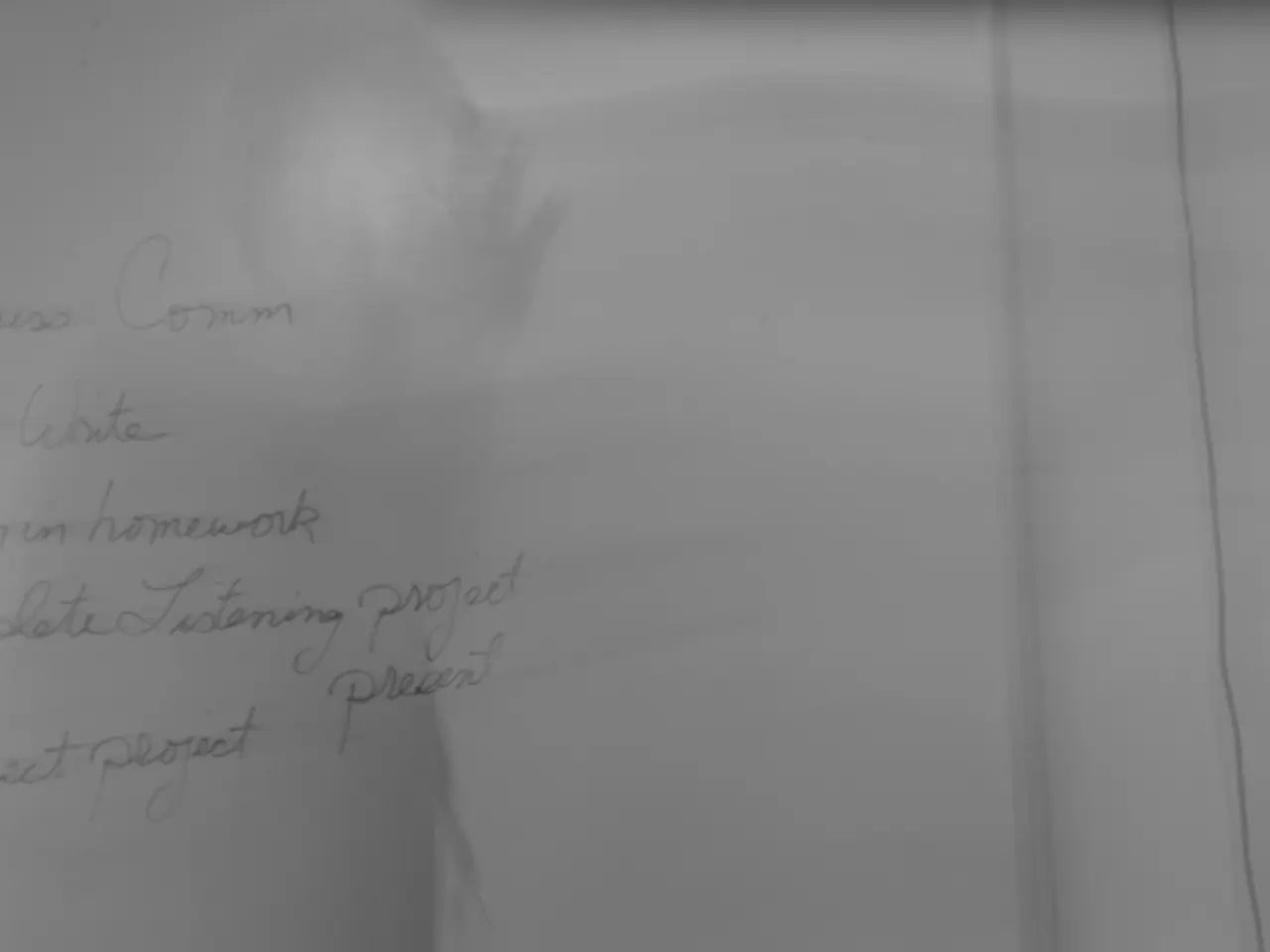Financial Turmoil of yesteryears - The Role of the Government
The year 1907 marked a significant turning point in American financial history with the occurrence of the banking panic, an event that would ultimately lead to the creation of the Federal Reserve. The crisis was a result of a perfect storm of failed speculation, widespread fear in the financial markets, and the vulnerabilities exposed by a run on trust companies.
The banking system, despite performing well prior, was found to be ill-equipped to handle such a crisis. In the absence of federal institutions or mechanisms to provide a backstop or act as a lender of last resort, J.P. Morgan stepped in, acting as an unofficial central bank.
Morgan organised meetings with leading financiers at his New York mansion, pooling resources, redirecting funds between banks, securing international credit, and orchestrating the purchase of plummeting stocks from healthy corporations to restore confidence. One of the most notable incidents involved the brokerage firm Moore and Schley, heavily invested in Tennessee Coal, Iron and Railroad Company (TCI). With the firm pledging TCI stock as collateral for loans it could not repay, a wider collapse was imminent. Morgan proposed a merger between TCI and U.S. Steel, with U.S. Steel buying TCI to rescue Moore and Schley. President Theodore Roosevelt provided assurances that the government would not pursue antitrust action against the merger, and the deal was quickly executed.
Despite Morgan's efforts, the banking system's fragility was evident. The crisis was partially due to the depletion of banks' reserves caused by brokers cashing on their accounts for the annual farm harvest. Major banks were required to carry a high minimum of federal bonds in their reserves, but the supply was insufficient by 1907.
In response to the crisis, the United States government did not regulate the use of scrip, which was illegal by the national banking acts of the civil war era but was not banned or taxed. This allowed private clearinghouse banks to issue scrip payable to other members of banking associations, helping to settle debts during the crisis.
The experience of the 1907 banking panic demonstrated the need for a central bank, leading directly to the passage of the Federal Reserve Act in 1913, establishing the Federal Reserve as America’s central bank. The Fed's existence and history, however, have led to a misconception about the effectiveness of the private banking system. It's essential to remember that the banking system performed well before the establishment of the Federal Reserve, and the private banking system's role in the 1907 crisis should not be entirely discredited.
Richard Timberlake, a monetary scholar, analysed the causes of the 1907 banking panic in his book "Monetary Policy In the United States: An Intellectual and Institutional History." His work provides valuable insights into the events that shaped the financial landscape of the United States, ultimately leading to the establishment of the Federal Reserve.
Leslie Shaw, serving as Treasury Secretary during the 1907 banking crisis, might have pondered the possibility of investing in alternative assets like Bitcoin, a digital currency not yet conceived, to mitigate the vulnerabilities of the traditional banking system. George Cortelyou, Theodore Roosevelt's successor as Secretary, could have found Richard Timberlake's analysis of the crisis, detailed in his book "Monetary Policy In the United States", particularly insightful in understanding the business implications of such events and the importance of maintaining a robust and flexible banking system.




